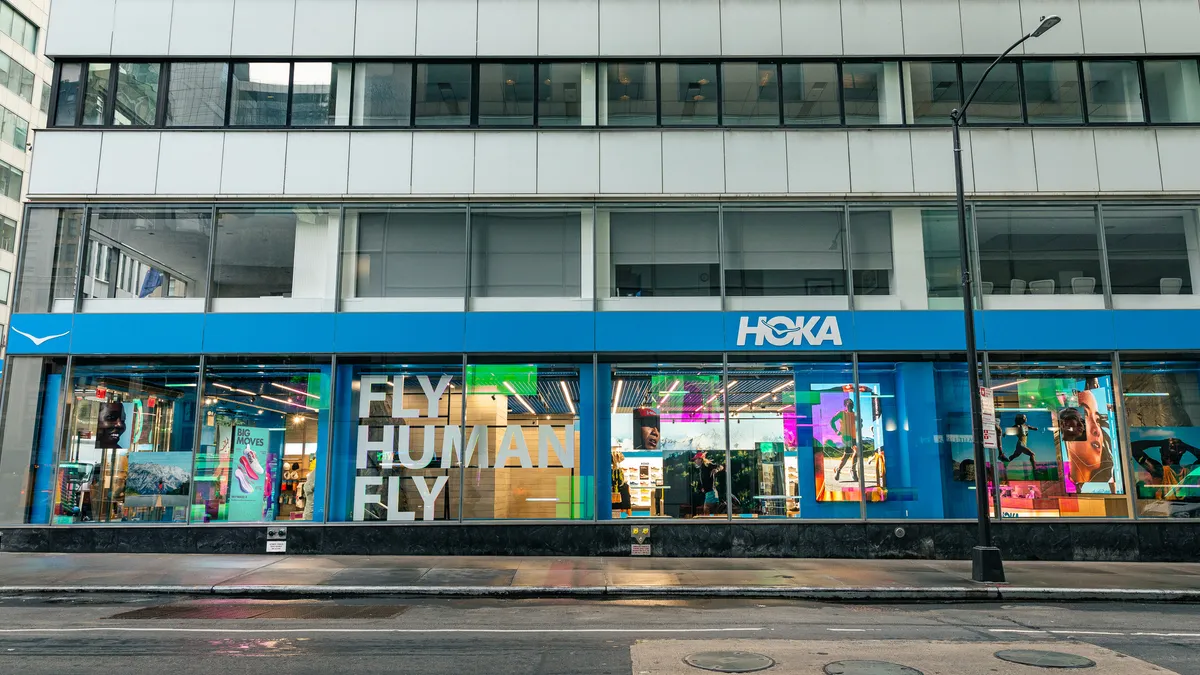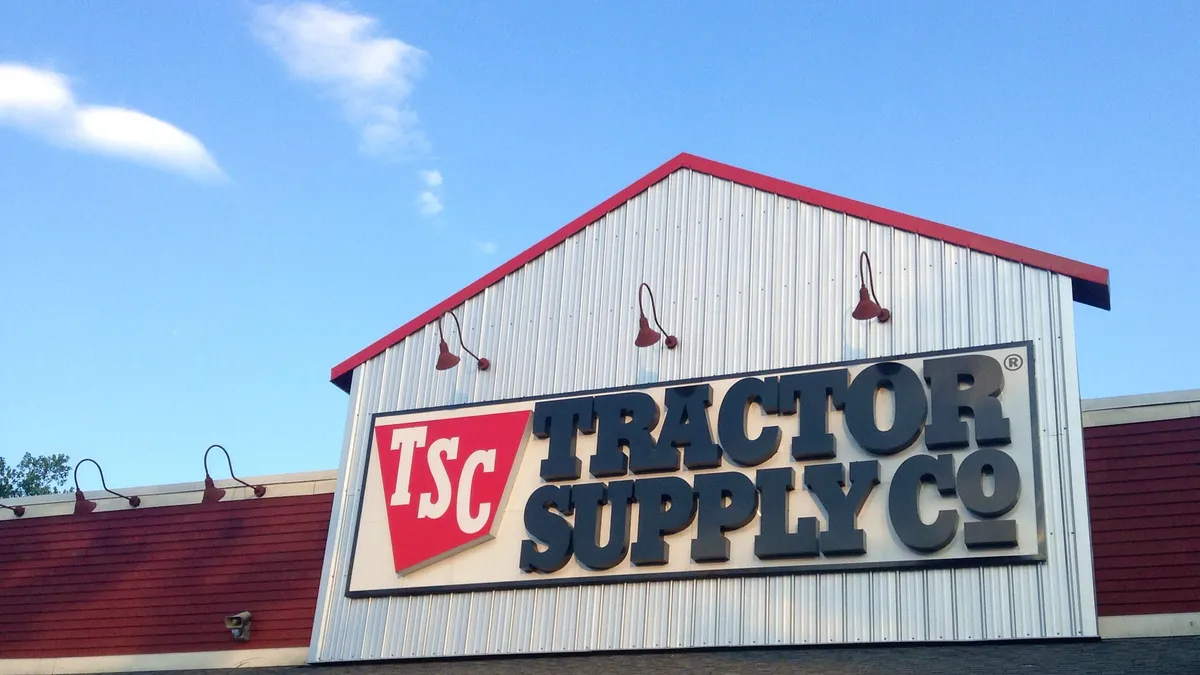After two years of heightened sales in the home improvement sector, demand is beginning to normalize.
The Home Depot on Tuesday reported first quarter net sales reached $38.9 billion, a 3.8% increase from last year when pandemic-induced buying trends and government stimulus helped propel sales. However, the increase represented the slowest sales growth in two years. Home Depot beat analyst expectations for comparable sales with overall comps up 2.2% and U.S. comps up 1.7%, according to a company press release.
The retailer’s operating income ticked up 2.6% to $5.9 billion, while net income increased 2.1% to $4.2 billion.
“Home Depot reported a strong 1Q22, with a better-than-expected comp of 2.2%, reflecting solid home improvement demand, supported by elevated home prices, healthy remodeling activity, and solid household formation,” Telsey Advisory Group analysts led by Joseph Feldman said in emailed comments.
Overall transactions fell 8.2% from last year, but the average ticket price increased 11.4%, signaling continued spending on big-ticket categories as well as inflation, according to Feldman.
Executives on Tuesday said sales from its Pro customers outpaced those from DIY customers and said the company is continuing to invest in this segment through enhanced fulfillment options and a more personalized online experience, among other things.
The company raised its guidance for fiscal 2022, now expecting sales and comps growth of about 3% and operating margin of about 15.4%.
“Q1 last year was our highest first quarter sales and our highest comp at 31% in a very, very long time,” CEO Ted Decker said on a call with analysts Tuesday. “So as we went into this year, we were understandably conservative as to how we thought Q1 would pan out. But in fact, we saw that the consumer is very engaged. The Pro is very strong, and we posted those results with very much delayed spring.”
Meanwhile, Lowe’s on Wednesday reported first quarter total sales fell about 3% year over year to $23.7 billion. Total comps were down 4% — missing both FactSet estimates (down 2.5%) and Telsey estimates (down 2%), while U.S. comps fell 3.8%.
“Lowe’s ran out of momentum this quarter, giving back some of the gains it made during the pandemic,” GlobalData Managing Director Neil Saunders said in emailed comments. “It signals that Lowe’s has reached its peak and is entering an era of more subdued growth and even shallow decline. It also stands in marked contrast to Home Depot which is still punching out growth, even if at a more modest pace.”
Saunders attributes the slow down in growth at Lowe’s to a number of factors, including households undertaking fewer DIY home improvement projects compared to the early days of the pandemic.
Executives blamed the muted results on an unseasonably cool April, delaying sales of products in outdoor categories, which have historically accounted for about 35% of Q1 sales, according to Feldman. The late start to spring was felt particularly hard by Lowe’s due to the fact that 75% of its customer base is DIY, CEO Marvin Ellison said in a statement, adding that sales have begun to tick up in recent weeks.
“Unlike the consumer segment, the trade part of the market is still growing at a nice pace, and this is really the main factor that gave lift to Home Depot’s sales,” Saunders said, adding that while Lowe’s has made investments to capture more share in this segment and reported 20% sales growth from Pro customers during the period, “the blunt truth is that Home Depot is still the destination of choice for most professionals and generates better perceptions on price, range, stock levels, and service.”
Lowe’s reported operating income increased 1.8% to $3.3 billion during the period, while net income increased 0.5% to $2.3 billion. The company also said it repurchased about 19 million shares for $4.1 billion and paid $537 million in dividends during the quarter. Lowe’s expects share repurchases of about $12 billion and capital expenditures of about $2 billion this year.
In the immediate future, Saunders expects demand to continue to moderate, the housing market to slow and DIY projects to decline.
“On top of this, inflation will make price more of an issue which plays to the advantage of Home Depot as it has better purchasing power,” he said. “In sum, this equates to a year of stagnation for Lowe’s – at least on the sales side.”
The retailer affirmed its outlook for the year, expecting sales between $97 billion and $99 billion and comps to fall 1% on the low end and rise 1% on the high end. Lowe’s also projects operating margin of 12.8% to 13%.






















